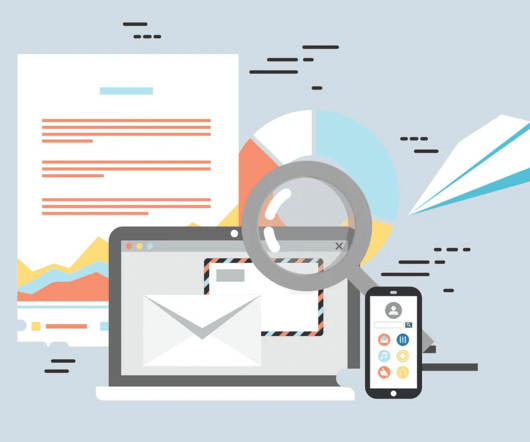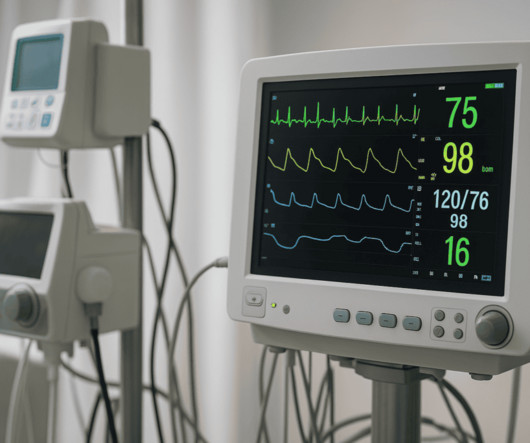Top Considerations for EHR Software Requirements
Arkenea
JUNE 10, 2025
The 2009 HITECH (Health Information Technology for Economic and Clinical Health) Act boosted the usage of EHR (Electronic Health Records) across the US healthcare industry. Healthcare facilities are opting for customized EHR software development to meet their unique in-house needs. Electronic document management system h.
















Let's personalize your content